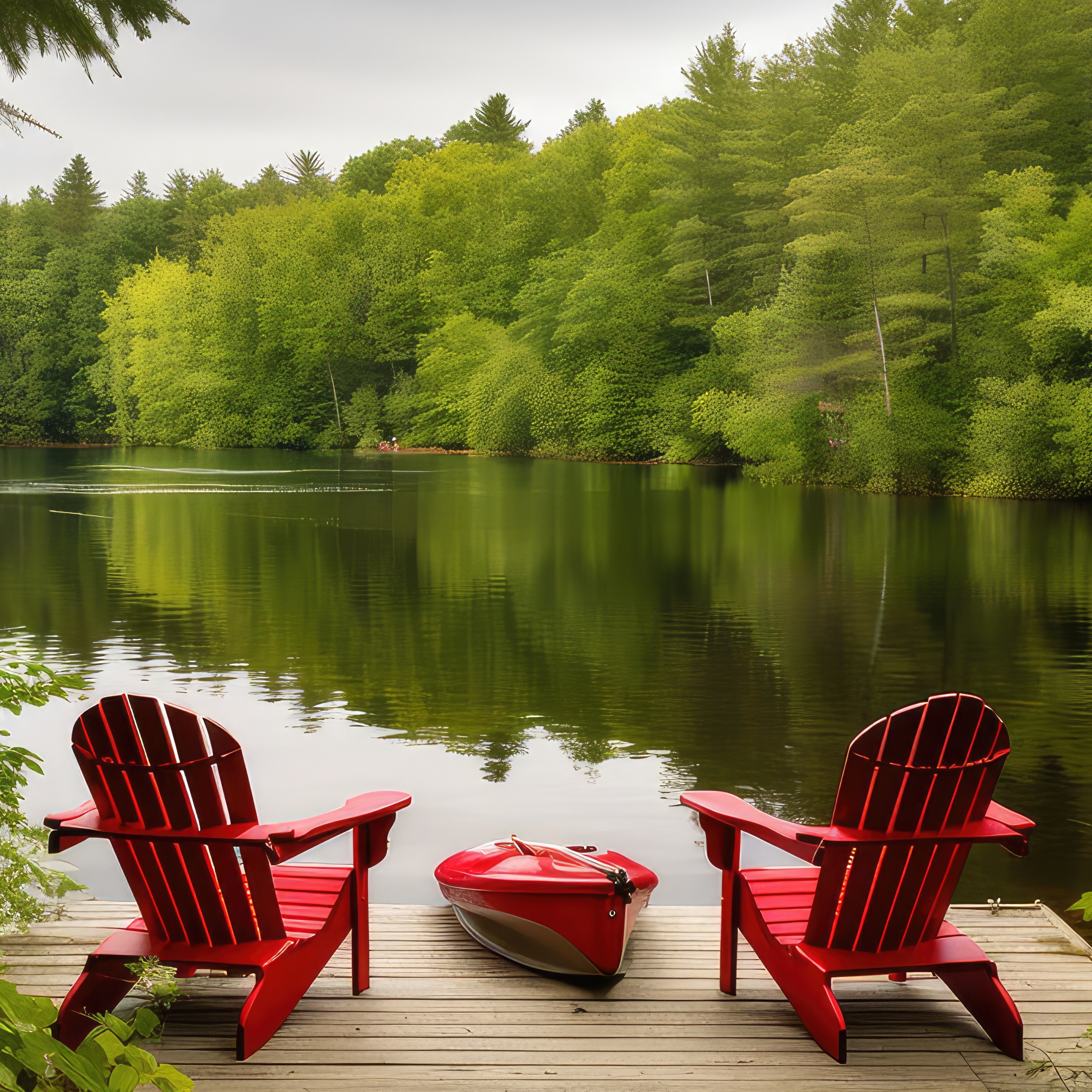Engel & Völkers Americas: Global Recognition. Local Expertise.
Follow your dream, home.
Live your luxury.
From a rancher's paradise and beachside escape to a vintner's dream and slopeside sanctuary, wherever your passion lies, let us help you create a life around it.
About Us
The Engel & Völkers difference.
Like every client and every real estate advisor, we too have a unique story. It's one steeped in iconic heritage that drives our resolve to change the way consumers experience the properties, neighborhoods and the overall process of buying and selling a home.
The world of Engel & Völkers was created and continues to grow around the mission to possess the highest levels of competency and client service. Through unrivaled brand consistency, sophisticated systems and innovations, we've done what no other European luxury real estate franchise has been able to do—successfully establish itself in the Americas.

Our Shops
The best locations. Worldwide.







